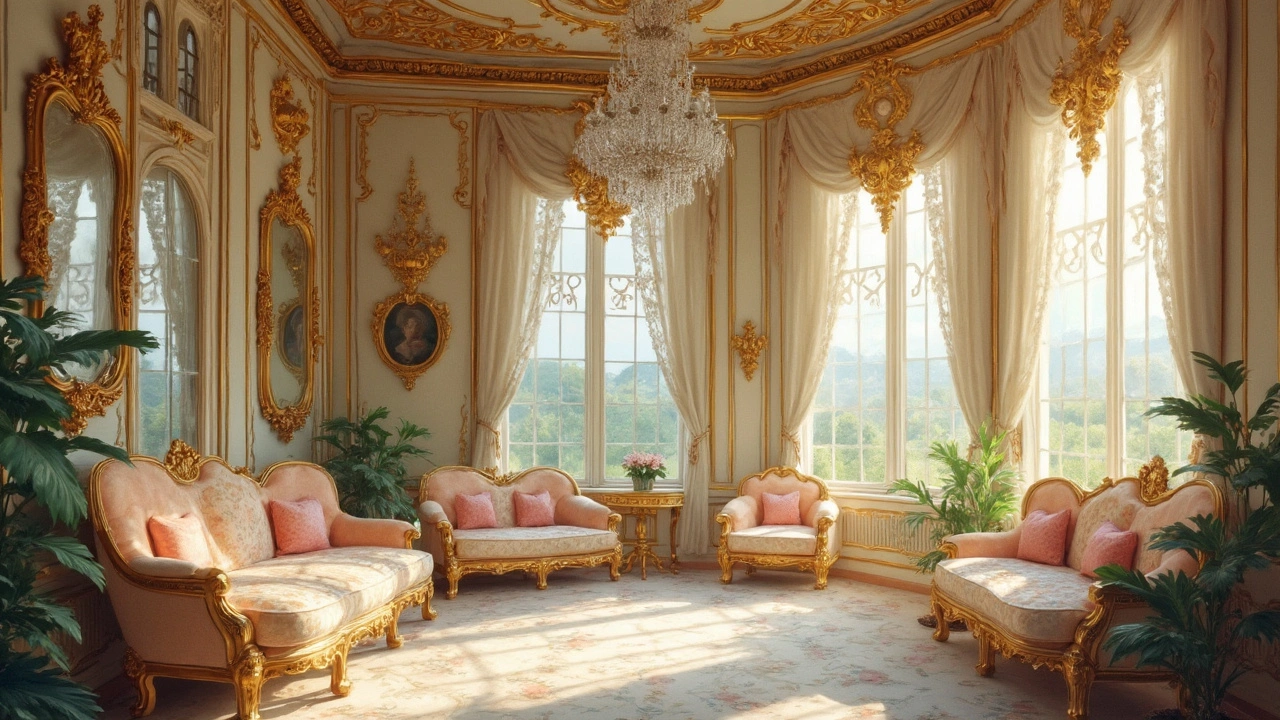Rococo design, an 18th-century style known for its ornate detail, playful themes, and delicate artistry, continues to capture imaginations with its elegance and whimsy. Originating in France, Rococo moved away from the grandeur of Baroque, focusing instead on lightness, curves, and harmony. This style is celebrated in furniture, architecture, and decorative arts for its creative flair and attention to detail. Understanding the essence of Rococo can inspire anyone interested in interior design or art history, offering insight into blending beauty and function.
Interior: Smart Ideas, Styles, and Real Tips for Better Spaces
Great interiors do two things: they look right and they work. On this tag page you'll find clear, useful pieces that explain how rooms, buildings, and historical styles shape feelings and daily life—without jargon or fluff.
If you like history and detail, check articles like "Colonial Architecture: History, Culture, and Art Shaping Iconic Spaces," "Greek Revival Architecture: Iconic Style, Enduring Appeal, and Modern Relevance," or "Beaux-Arts Architecture: Timeless Glory and Iconic Design." Those posts point out the exact features to look for—columns, cornices, window styles—and explain how to preserve or adapt them for today.
Quick ways to use this page
Want to renovate? Read practical guides such as "Ranch-Style House Designs: The Go-To Guide for Homeowners" or "Mediterranean Revival Architecture: Endless Inspiration for Modern Homes." Need style cues? Try "Mid-Century Modern: Timeless Style for Today's Home" or "American Craftsman: The Quintessential American Home Style." Prefer bold, experimental ideas? See "Expressionist Architecture" and "Constructivist Architecture" pieces for visual inspiration you can borrow in small doses.
Here are three short, practical tips you can apply today:
1) Start with function: list what each room must do before choosing colors or finishes. 2) Pick one strong period detail (a molding, tile, or light fixture) and make other choices support it. 3) Use materials honestly—mix old and new so the room feels layered, not fake.
Spot features, plan projects, and save money
Want to spot authentic details? Read posts like "Georgian Architecture: Key Design Features & Lasting Influence" or "Baroque Architecture: Masterpieces of Drama, Detail, and Design." They give concrete clues—window types, brick patterns, roof shapes—that help you identify style and decide what to keep when renovating.
Working with a limited budget? Articles such as "How Beaux-Arts Architecture Shaped Modern Urban Landscapes" and "Beaux-Arts Architecture: Why It Keeps Making a Comeback" show how high-impact, low-cost moves (like replacing hardware or restoring original trim) make a space feel expensive without a full rebuild.
If you like modern thinking, read "High-Tech Architecture: Transforming City Skylines with Modern Design" or "Neo-Futurism in Architecture and Art: Envisioning Tomorrow’s World" for ideas on clean lines, light, and tech-friendly materials that improve comfort and longevity.
Bottom line: use this tag as a shortcut. Pick the article that matches your goal—preserve, renovate, or redesign—and follow the specific tips there. Want help picking the right post for your project? Tell me what room or style you’re working with and I’ll point you to the best guides here.

